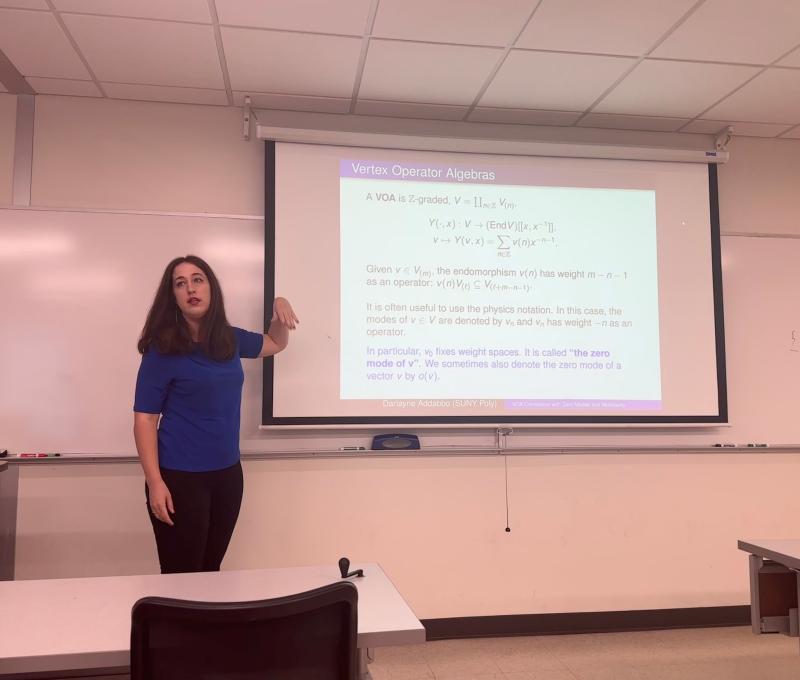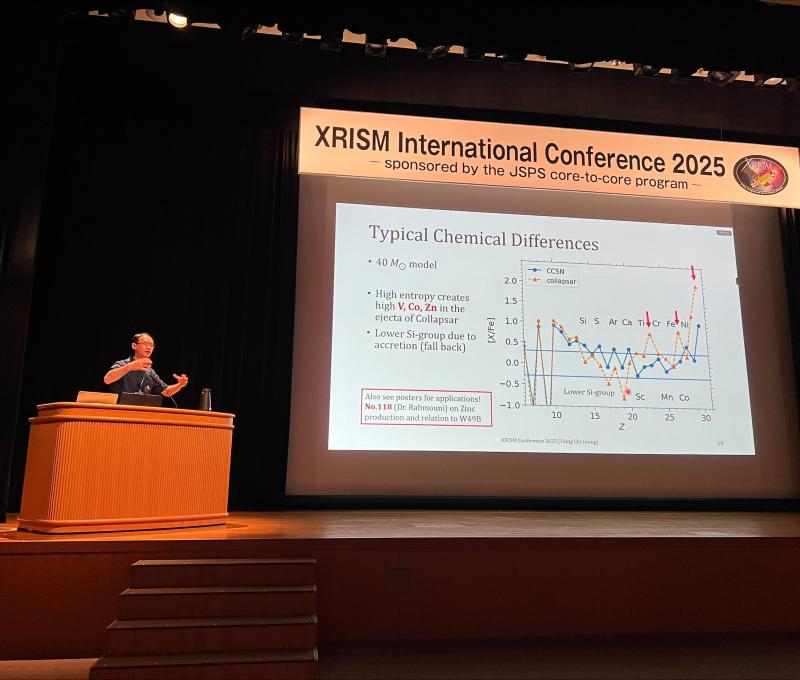SUNY Big Ideas Blog: By Harnessing the Power of Light, Photonics Can Change Our World

The role of photonics in our lives
Our SUNY Polytechnic Institute is a leader in the field of integrated photonics. They are pioneering the Department of Defense-led American Institute of Manufacturing Integrated Photonics (AIM Photonics).
“AIM Photonics was created as an industry-driven public-private partnership, with members and partners from across New York State and the nation ranging from industry, academia, and government,” said Dr. Michael Liehr, AIM Photonics CEO. “This world-class initiative focuses the nation’s premiere capabilities and expertise to lead the world in manufacturing this critical technology, which plays a significant role in national security applications. At the same time, this effort strives to strengthen the U.S. economy by building a robust ecosystem for the development and manufacture of integrated photonics.”
With photonics being so important, but also complex and new to our everyday research, there are many questions to ask.
The first thing we need to know is what exactly is integrated photonics? One of our resident experts, Dr. Robert Geer, Professor of Nanoscale Science at SUNY Polytechnic Institute, is able to explain. He tells us that “photonics refers to technologies (i.e. materials, devices, and systems) that utilize photons (particles of light) to send, receive, and process information similar to how modern-day electronics send, receive, and process information using electrons (e.g. electric currents).”
That explains the basics of Photonics. But to know how this technology can be implemented into our daily lives, we need to understand the difference between electric currents and light signals in transmitting and processing data. Integrated electronic devices (such as transistors, integrated circuits, computer chips) communicate through electric currents. But electric currents must overcome resistance. It is resistance which causes electrical circuits to heat up and to consume battery power, like in the case of mobile devices.
Read More







